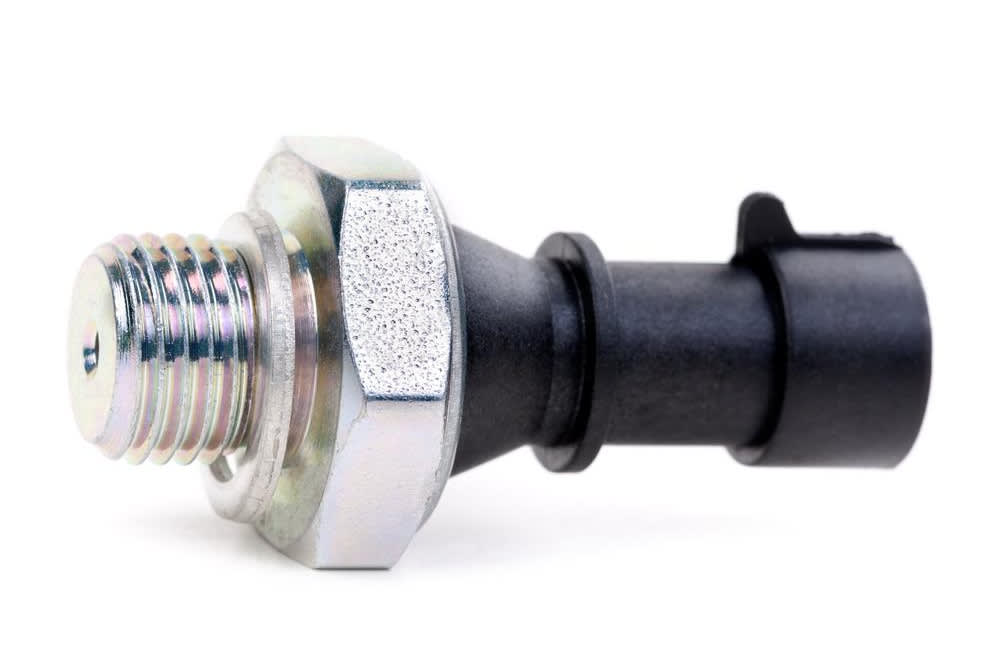

Anti-lock braking systems (ABS) are standard on late-model vehicles, and can greatly enhance your safety when braking in difficult conditions. If you have to stop suddenly, or if you are driving on slippery surfaces, the ABS prevents your wheels from locking up and sending you into a slide. It can also reduce your stopping distance. Like most modern vehicle conveniences and safety features, ABS is a complex system that employs various sensors and switches in order to work properly. With ABS, pressurized fluid delivers pulses to the brakes. The fluid is pumped into the ABS accumulator, where it is held. The anti-lock pressure switch is what turns the pump on and off, allowing the fluid to be delivered to the accumulator.
Whenever your ABS system comes into play, the anti-lock pressure switch is working. Without it, the ABS system itself will not work. You will still have normal braking, but none of the advantages of the ABS. The anti-lock pressure switch is not something that you replace regularly – it has no set lifespan, or recommended time for replacement. In other words, you replace it when it stops working. You may never have to replace your ABS switch, but it is not invulnerable – like other switches in your car, it could corrode, or short out.
Signs that your ABS switch needs to be replaced include:
- ABS light comes on
- ABS pump runs continuously
- ABS system does not work
The problem might not necessarily be the switch – it could be the pump, or something else within the system. Because your ABS system is an important safety feature, if anything goes wrong, you should have it checked out by a qualified mechanic, and if necessary, replace the anti-lock pressure switch.



